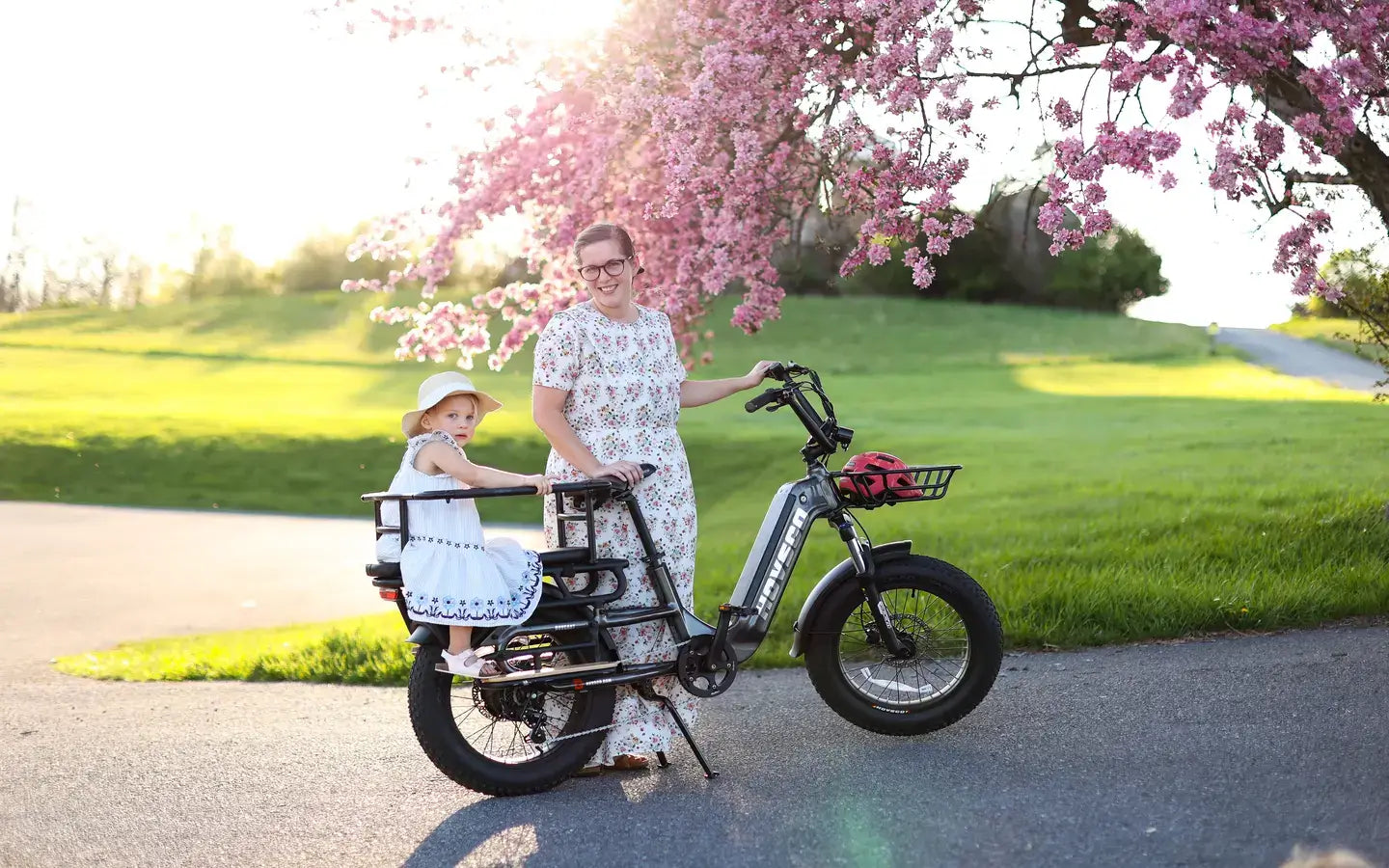
- by LiuJiazhu
How to Successfully Convert Your Bike to an E-Bike
- by LiuJiazhu
Converting to an e-bike transforms a regular bicycle into a powerful, eco-friendly electric vehicle by adding a motor, battery, and controller. This process can enhance your ride with pedal assist or throttle control, increasing speed and reducing effort. Proper selection of components and careful installation ensures a smooth, safe e-bike experience.
Converting to an e-bike offers numerous benefits such as easier commuting, improved endurance on hills, and environmental friendliness. It allows you to retain your favorite bike’s feel while gaining electric assistance, making cycling accessible to a wider audience. The flexibility and cost-effectiveness of conversion appeal to riders wanting an affordable electric upgrade.
| Benefit | Description |
|---|---|
| Enhanced Commuting | Reduced effort, quicker travel times |
| Health & Fitness | Adjustable assistance encourages activity |
| Eco-Friendly Transport | Low emissions, reduced fossil fuel reliance |
| Cost Savings | Cheaper than buying a new electric bike |
Converting to an e-bike requires specific tools like wrenches, screwdrivers, wire strippers, and sometimes a bike stand. Essential components include an electric motor (hub or mid-drive), a compatible battery, a controller, throttle or pedal assist sensors, and wiring harnesses. Quality components ensure durability and optimal performance.
There are two main motor types for converting to an e-bike: hub motors (front or rear wheel) and mid-drive motors. Hub motors are simpler to install and generally cheaper, while mid-drive motors offer better hill climbing and balance. Batteries vary by chemistry (Li-ion preferred for energy density) and capacity, impacting range and weight.
| Motor Type | Pros | Cons |
|---|---|---|
| Hub Motor | Easy installation, low cost | Less efficient on hills |
| Mid-Drive Motor | Better performance & torque | More complex installation |
Installing the motor involves removing the appropriate wheel and replacing it with a motorized wheel or mounting a mid-drive motor near the crankset. The battery usually mounts on the frame or rear rack, secured with brackets. The controller connects the motor, battery, and throttle/pedal sensors via wiring. Proper alignment and secure connections are crucial.
When converting to an e-bike, ensure your setup complies with local regulations regarding speed limits and motor power. Safety measures include proper insulation of wiring, reliable brakes, and sturdy mounting of heavy components. Wearing protective gear and regularly inspecting the electrical system reduce accident risks.
Routine maintenance for converted e-bikes involves charging the battery correctly, inspecting wiring and connectors, lubricating moving parts, and checking brake function. Common troubleshooting includes addressing motor noise, inconsistent power delivery, or battery issues. Keeping firmware updated and cleaning connectors prolongs system life.
Many conversion kits offer different features suitable for various rider needs. For example, kits with mid-drive motors provide excellent hill climbing, while hub motor kits excel in simple installation. Batteries vary from compact frame-mounted packs to large-capacity rear rack versions. Choosing a kit depends on budget, terrain, and desired range.
| Kit Model | Motor Type | Battery Capacity | Price Range |
|---|---|---|---|
| Kit A | Front Hub | 36V, 10Ah | $300 - $500 |
| Kit B | Mid-Drive | 48V, 14Ah | $700 - $1,200 |
| Kit C | Rear Hub | 36V, 12Ah | $400 - $700 |
When converting to an e-bike, prioritize kits with reputable motors and high-quality lithium-ion batteries for longevity and performance. Consider your riding style, terrain, and budget before selecting a motor type and battery capacity. Ensure the kit includes all necessary components and clear instructions. HOVSCO's innovative designs reflect these priorities, emphasizing safety, reliability, and rider satisfaction.
“Converting to an e-bike empowers cyclists to customize their riding experience while leveraging electric mobility benefits. At HOVSCO, we believe selecting the right components and maintaining safety standards are paramount. Our team continually pushes innovation to simplify conversion processes and elevate rider confidence in electric cycling.” — HOVSCO Expert Team
Q: How much does converting to an e-bike typically cost?
A: Conversion kits range from $300 to over $1,000 depending on motor type, battery size, and included features.
Q: Can any bike be converted to an e-bike?
A: Most bikes can be converted, but frame compatibility and brake type may affect installation complexity.
Q: How long does the battery last on a converted e-bike?
A: Battery life varies by capacity and usage but typically ranges from 20 to 60 miles per charge.
Q: Do I need technical skills to convert my bike?
A: Basic mechanical and electrical skills help, but many kits come with detailed instructions or professional installation options.
Q: Are there legal restrictions on converted e-bikes?
A: Yes, regulations on motor power and speed limits vary by location; always check local laws before converting.
Share:
Which Are the Best E Bikes for Adults in 2025? A Complete Guide
How Does Motor Power Affect Battery Life on E-Bikes?